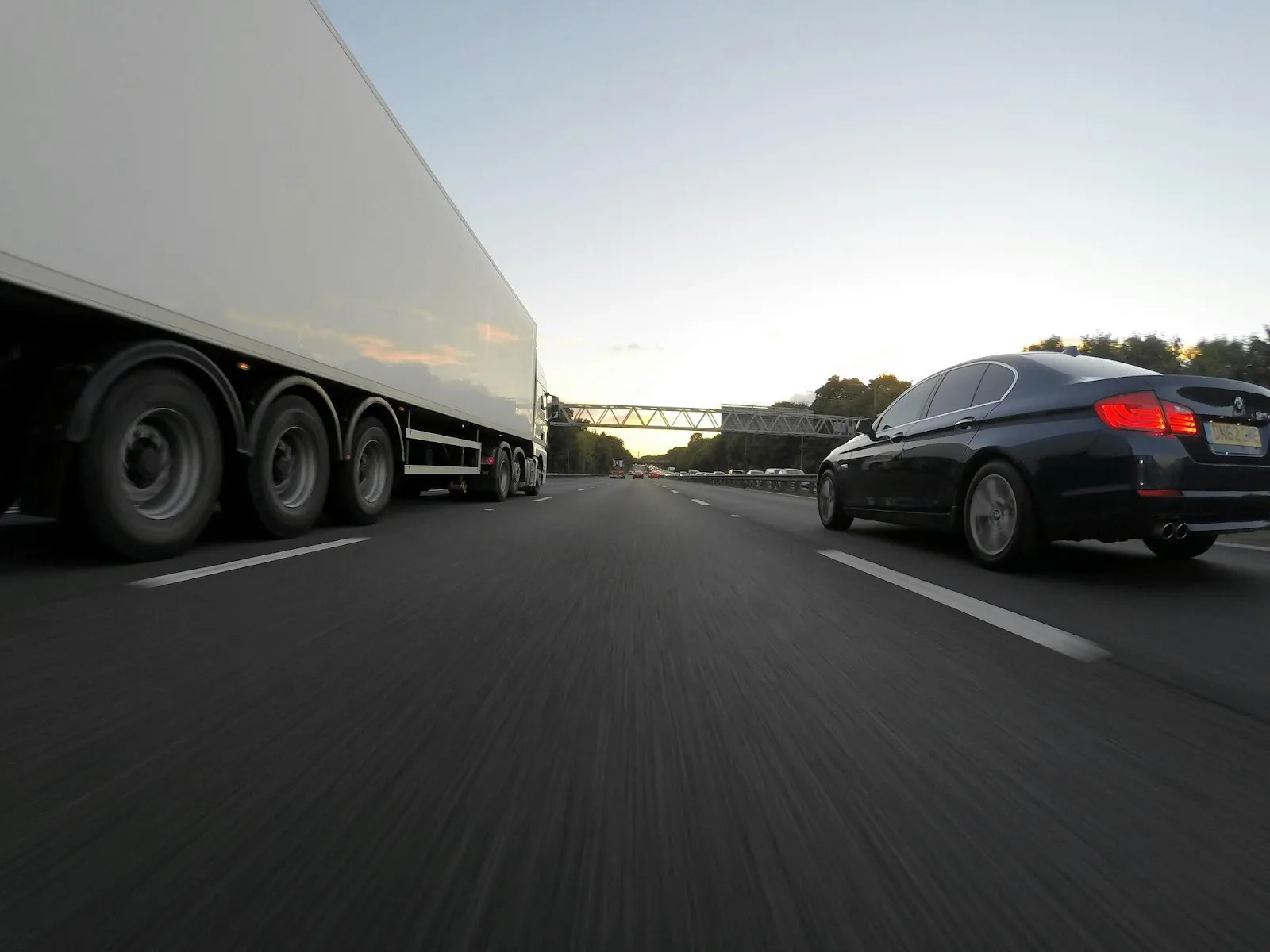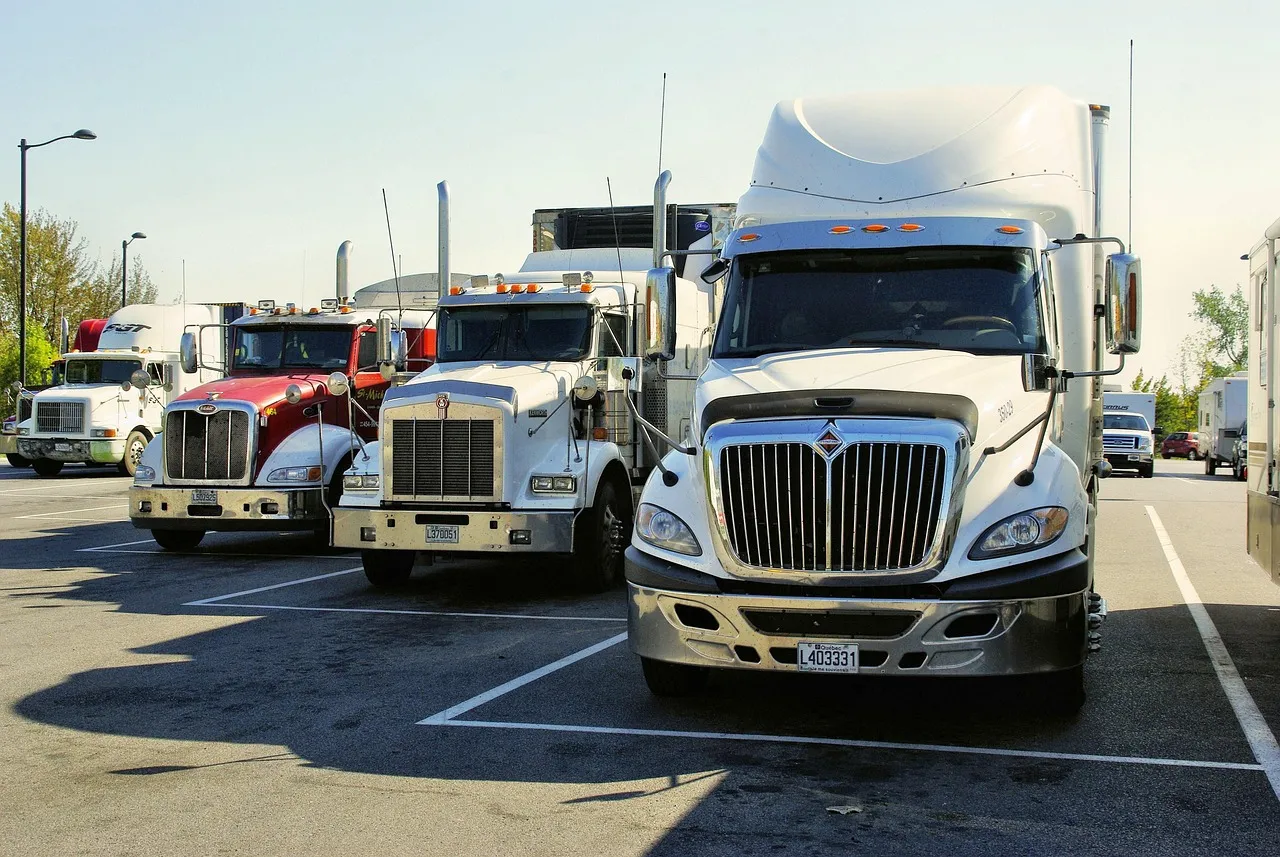
Businesses that operate vehicles face significant challenges in balancing safety, efficiency, and cost management. Fleet-related accidents, insurance claims, and operational inefficiencies can create substantial financial and reputational risks. To address these concerns, many companies are adopting advanced technologies such as fleet cameras to monitor driver behavior, document incidents, and ensure compliance with safety regulations.
Fleet cameras are no longer just optional add-ons; they have become important tools for companies that prioritize safety and liability reduction. By capturing real-time data and providing critical insights, they allow managers to protect their drivers, safeguard assets, and reduce exposure to legal claims.

One of the most significant advantages of installing fleet cameras is the improvement in driver accountability. When drivers know that their behavior is being monitored, they are more likely to follow traffic laws, avoid distractions, and adhere to company safety policies. This leads to fewer risky maneuvers, less aggressive driving, and a reduction in accidents.
Fleet managers can use recorded footage to provide personalized coaching and training. Reviewing actual driving footage helps drivers understand their mistakes and learn safer practices, which reduces repeat incidents. This investment in education creates a culture of responsibility and professionalism throughout the fleet.
Accidents and insurance claims are inevitable in fleet operations, but the way they are handled can determine the financial outcome for a business. Camera systems serve as unbiased witnesses, providing concrete evidence of what occurred during an incident. This is valuable when there are conflicting accounts between drivers, passengers, and third parties.
By supplying video evidence, businesses can expedite insurance claims, disprove false accusations, and avoid lengthy litigation. The presence of clear footage can often result in reduced settlements or even the complete dismissal of fraudulent claims. Ultimately, this protection translates into lower liability costs and decreased insurance premiums.
Beyond accident prevention and claims management, cameras play an important role in helping businesses meet compliance requirements. Many industries mandate strict safety standards, and failure to comply can lead to heavy fines or legal consequences. With fleet camera systems, companies can monitor adherence to driving hours, safety inspections, and operational protocols, ensuring they remain within regulatory guidelines. Managers can identify recurring problems, such as fatigue-related driving or failure to follow maintenance schedules, and address them proactively. This ability to catch issues early significantly reduces the chances of costly breakdowns, violations, or legal penalties.
While liability reduction is a primary driver of adoption, fleet cameras contribute to efficiency. Recorded data and real-time analytics can highlight inefficiencies in routes, unnecessary idling, or fuel-wasting habits. Managers can then adjust schedules, implement better routing strategies, and encourage more efficient driving behaviors.
This level of insight reduces operational costs and improves delivery times and customer satisfaction. Over the long term, the technology pays for itself by making fleet operations smoother, faster, and more reliable.
Customers and business partners are increasingly concerned about the safety and reliability of the companies they work with. A business that invests in advanced monitoring technology signals a commitment to accountability and responsibility. Fleet cameras demonstrate that a company takes safety seriously, both for its drivers and the general public.
This commitment can enhance brand reputation, improve client relationships, and even provide a competitive edge when bidding for contracts. In industries where reputation is critical, such as logistics, passenger transport, and construction, showing that safety measures are in place can make a significant difference.
Beyond monitoring individual drivers, fleet cameras contribute to building a safer workplace culture across the organization. When employees know their actions are being tracked, they are more inclined to adopt safe driving habits and uphold company values. This sense of accountability extends to colleagues as well, fostering mutual responsibility and teamwork.
Recognition programs based on safe driving footage can reward employees who consistently demonstrate strong performance. Positive reinforcement, paired with constructive feedback, creates a workplace culture where safety is not just a requirement but a shared goal. This cultural shift helps reduce turnover, boost morale, and enhance operational performance.

Fleet cameras are no longer seen as optional equipment; they have become important tools for businesses that want to minimize risk, protect their drivers, and streamline operations. From reducing liability and preventing fraudulent claims to enhancing compliance and improving efficiency, the benefits are clear and far-reaching.
As technology advances, camera systems will continue to evolve, offering even more robust analytics and integrations with fleet management software. Businesses that adopt these tools now are positioning themselves for safer operations and for long-term success in an increasingly demanding marketplace.
Fleet cameras enhance driver accountability. When drivers are aware that their actions are being recorded, they are more inclined to follow traffic laws, avoid distractions, and stick to company safety policies. This awareness often leads to a significant reduction in risky driving habits.
Yes, they can. By providing clear, indisputable video evidence of incidents, fleet cameras help to quickly resolve claims and fight fraudulent accusations. This can lead to lower settlement costs and, over time, reduced insurance premiums as your fleet is seen as a lower risk.
Not at all. While they are invaluable for recording accidents, fleet cameras also help improve operational efficiency. The data they collect can be used to optimise routes, reduce fuel consumption by monitoring idling, and provide targeted coaching to drivers, making your entire operation more effective.
Cameras assist businesses in monitoring and ensuring adherence to important industry regulations, such as driving hour limits and mandatory safety checks. This proactive monitoring helps prevent violations that could otherwise result in substantial fines or legal trouble.
While this is a common concern, it can be managed by communicating the purpose of the cameras clearly. Emphasise that the technology is in place to protect them from false claims, improve safety for everyone, and recognise good driving performance, rather than just for surveillance.